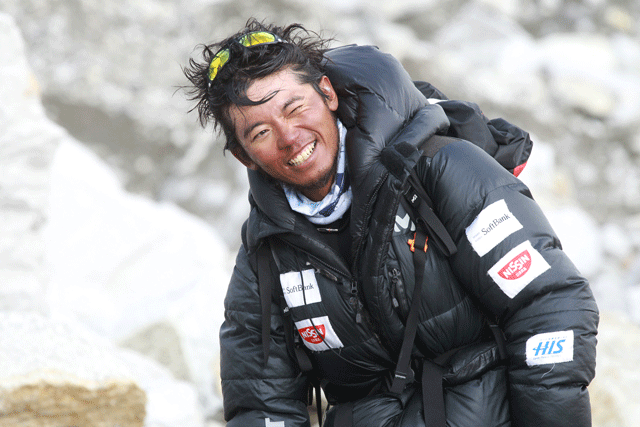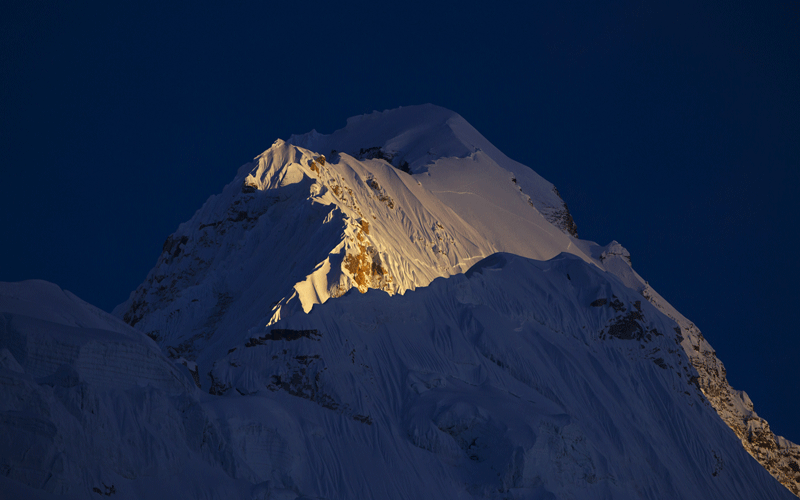Nobukazu Kuriki has braved the world’s greatest heights, perilously low temperatures and even the loss of nine fingers while scaling Mount Everest. Unfortunately, an insurmountable obstacle during what was supposed to be his triumphant return to that peak prevented him from reaching his goal.
By Kyle Mullin
Amidst hazardously stormy weather on Saturday, Kuriki prudently decided not to go on. CNN reports that the climber posted on Facebook: ”I realized if I kept going, I wouldn’t be able to come back alive…So I decided to descend.” Kuriki, who was making the last push from the final camp, said that “it took too much time to move in deep deep snow.”
Future attempts by the 33-year-old mountaineer may have to contend with an even more daunting challenge: government bureaucracy. This morning The Times of London reported that the Nepalese government might bar or restrict disabled and inexperienced climbers from attempting to ascend Everest. Tourism minister Kripasur Sherpa was quoted in the article as saying: “We cannot let everyone go on Everest and die. The disabled or visually impaired usually need someone to carry them, which is not an adventure. Only those who can go on their own will be given permission.”
The minister went on to add that: “We don’t think we should issue permits to people who cannot see or walk or who don’t have arms. Climbing Everest is not a joke. It is not a matter of discrimination. How can you climb without legs? Someone will have to carry you up. We want to make the mountain safer for everyone, so we have to insist on some rules.”
Some prudent onlookers may concede Sherpa’s point, especially considering the fact that a staggering 10 percent of all Everest climbers die, and those attempting to reach the summit only have a 29 percent success rate. CNN cited those and other daunting statistics, before calling the climb a “monumentally difficult task under the best of circumstances.”
And Kuriki’s circumstances are far from ideal, considering he lost nine fingers to frostbite during his last Everest climb. However, the fearless mountaineer is by no means an ordinary climber who is feeble and needs to be carried, like Sherpa described. Despite only having one good finger intact, Kuriki spent much of last month successfully ascending the summit, and had the good sense to turn back this weekend because of dangerously bad weather. And, during an interview with Weekender on the eve of his new climb, it was clear that Kuriki had already surmounted the biggest obstacles imaginable – pessimism, self-doubt and defeatism in the face of adversity. He hopes that his climbing can draw attention to the struggles that his friends in Nepal have endured after this year’s devastating earthquake, telling Weekender that “I’ve visited Nepal so many times and have many Nepali friends. Nepal is my second home. Nepal and Japan have a common thing that we suffer from earthquake. People in Nepal and Japan should walk along hand-in-hand to overcome such [a] difficult time.” And in that sense, considering his bravery and tenacity, perhaps Kuriki has already conquered the most important summit of all.










